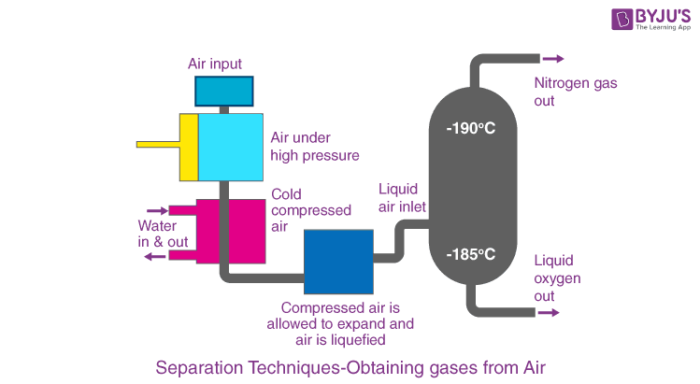Ion, are atoms or molecules that have gained or lost one or more valence electrons, giving them a positive or negative charge.
Ions are formed by the addition of electrons to, or the removal of electrons from, neutral atoms or molecules or other ions; by combination of ions with other particles; or by rupture of a covalent bond between two atoms in such a way that both of the electrons of the bond are left in association with one of the formerly bonded atoms.
MORE: https://www.britannica.com/science/ion-physics
Atoms are electrically neutral because they have equal numbers of protons (positively charged) and electrons (negatively charged). If an atom gains or loses one or more electrons, it becomes an ion.
If it gains one or more electrons, it now carries a net negative charge, and is thus "anionic."
If it gains one or more electrons, it now carries a net negative charge, and is thus "anionic."
Diffference Between Atom and Ion
Atom - Number of proton is equal to the number of Electron (also we can say its neutral)
Ion - Number of Electron is not equal to the number of proton
Application of Ion
Atom
are electrically neutral
number of proton and electron are the same.
Suspesion, Solution and Emulsion




Comments
Post a Comment